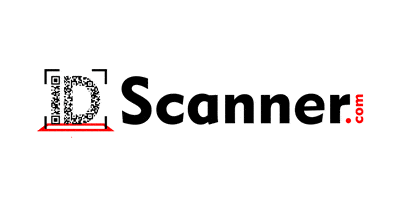ID Scanner Check List
After looking at some of the other ID Scanners from our competitors, we think its a good time to point out some features to look for when purchasing an Advanced ID Scanner. We will break ID Scanners into two categories. A basic ID Scanner checks IDs and logs the scans in memory for subsequent download. A basic ID Scanner may have a separate list of tagged IDs and AntiPassBack features which detect re-scanned IDs. An
An advanced ID Scanner does everything a basic ID Scanner does but typically has an internal database for more advanced operations.
- Kiosk Mode – no way for bouncer to leave application. This feature ensures the operator of the ID Scanner can’t exit the program and access other features, settings, applications and/or games present on the handheld computer.
- True Database – Most scanners on the market have log files, but not a database. A database allows the creation of customer lists, where each customers information and history are detailed. A log file will have multiple scans for the same person so when scans get downloaded, you’ll need your own database to show total number of visits for each customer. With an internal database, the scanner can show how many times a person has visited the venue.
- Warnings that require user interaction. We have POP warnings for rescan and VIP that require the operator to clear by pressing an OK button. Some systems flash in small text a message like VIP or Banned which can easily be overlooked by the operator.
- Finger ready keyboard – Many ID Scanners accept the default keyboard offered by the operating system. These keyboards require a stylus to operate and can be very hard to use as the keys are very small and densely packed. We believe an iPod/iPhone like keyboard, which pops up key confirmation windows makes data entry far far easier.
- Notes display on Tagged IDs. A really nice feature is to record notes on Tagged IDs which display when the ID is scanned. This allows a note like “had knife” or “started fight” or “friend of owner” or “caution – call police” to display when a tagged person’s ID is scanned.
- Search Database on Device – This is a feature only available on ID Scanners with a true database and it lets you Tag or enter a phone number/email address after somebody’s ID is scanned. ID Scanners without a database typically require an ID be scanned immediately before it can be tagged. This feature is important when you can’t rescan the ID like when somebody starts a fight in the club. Its almost impossible to scan their ID as your bouncers are kicking them out. If you know their name, then you can just look them up and Ban them plus enter a Note like “punched patron and had a knife – call police”
- User Defined Tags with User Defined Expiration dates – This is great for creating tagging people for a period of time. We have bars who use this as a membership system. They create a tag call Mem12 which expires 12/31/2012. When a patron enters bar, the scanner determines if they are already a member or not. If not, a membership fee is collected and then they are tagged as Mem12. On 1/1/2013, all memberships expire and all members need to renew next time they visit the club.
- Customer Visit Count – Display the number of times somebody has visited your club/business. This lets the bouncer welcome a new visitor and offer a client who has visited 10 times the VIP treatment.
- Scan Count with up/down adjustment. This lets the bouncer record person count in the venue. The counter increments when an ID is scanned and on screen buttons decrement the count.
So before you invest in an ID Scanner, considering the above list should help you make an informed decision. Give us a call if you’d like to learn more.
